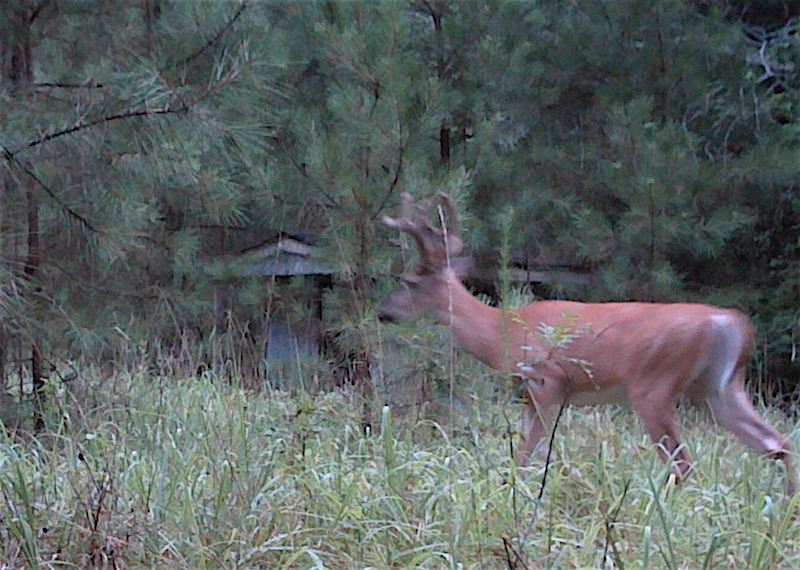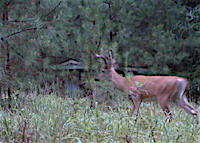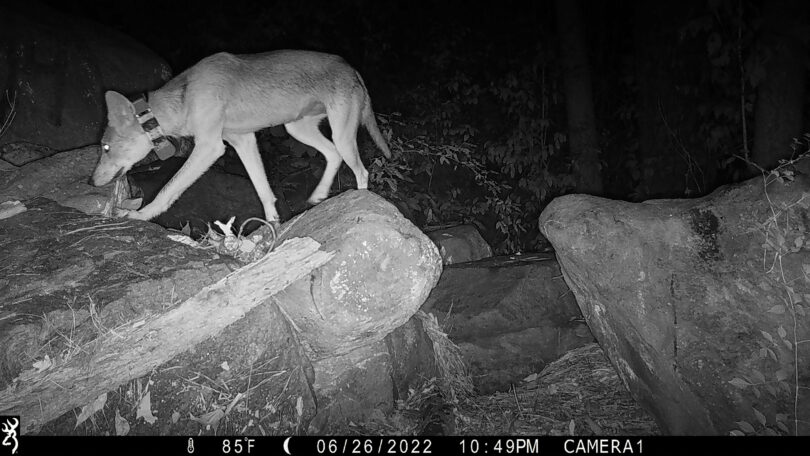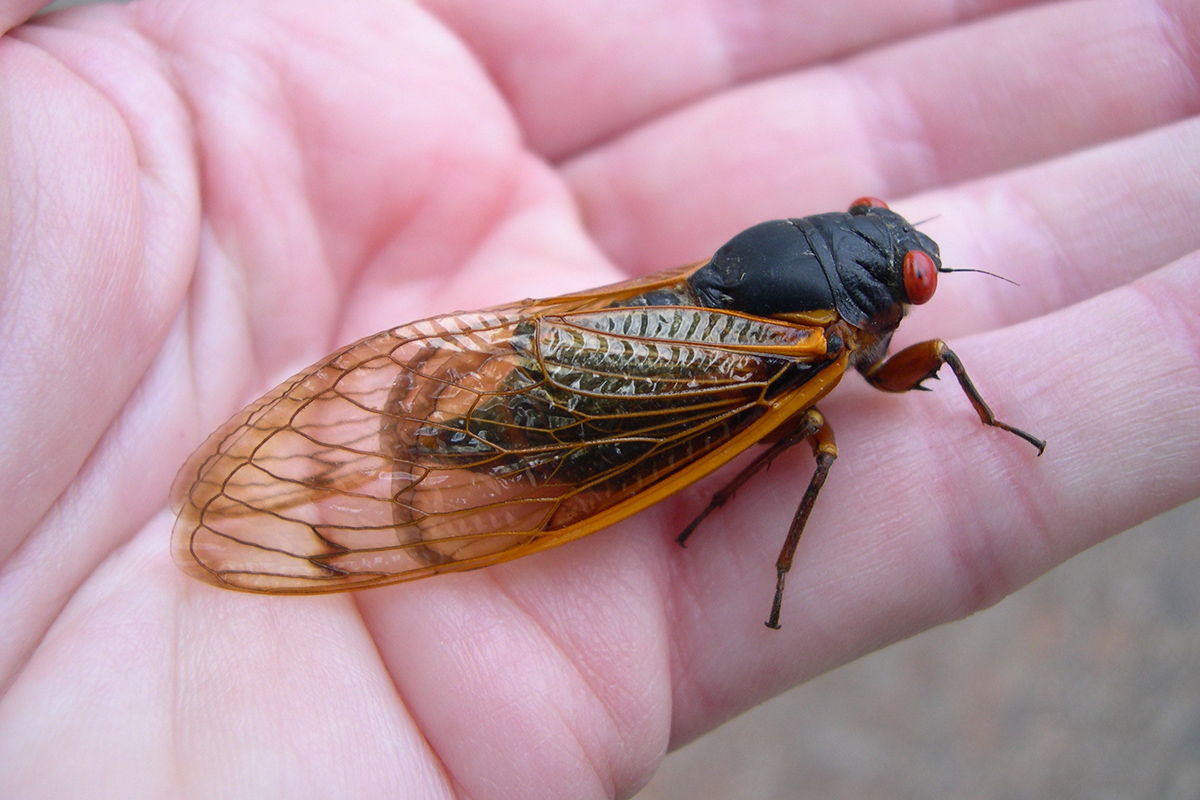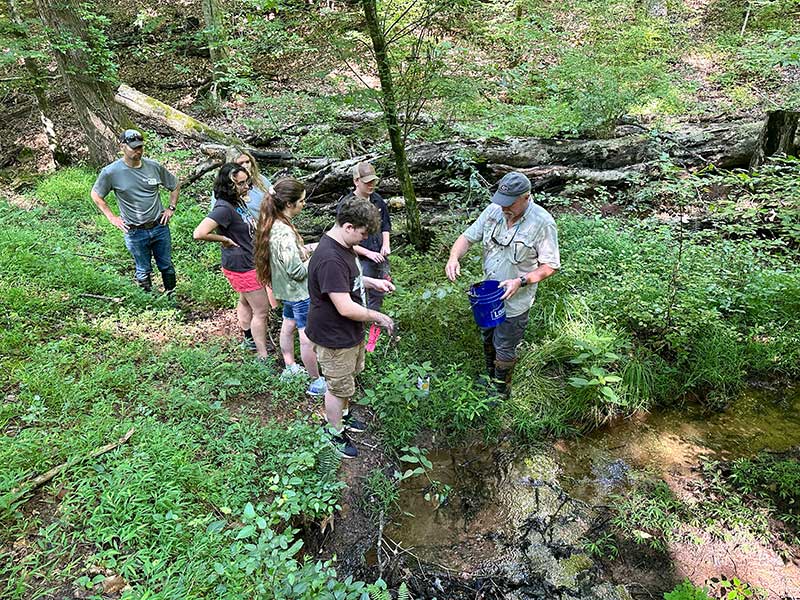Managing land for wildlife habitat has gained rapid popularity over the past several years, with property owners focusing on trophy whitetail, quail, wild turkey and songbirds.
The majority of the land in Georgia is privately owned, as is the case in most Southeastern states. Most privately owned land is divided into plots smaller than 100 acres. Wildlife habitat management on these smaller properties is quite challenging.
Small-acreage landowners often assume that wildlife will remain on their property permanently if the owners improve food or cover areas on the property. While implementing habitat improvements on a small property can provide homes to small mammals, songbirds, reptiles and amphibians, the home ranges of large mammals and several birds often encapsulate several hundred acres. These species often travel great distances to meet their seasonal habitat needs.
These management efforts are not in vain: small acreages may not forever hold a flock of turkeys, a covey of quail, or a trophy buck, but they often become important parts of these animals’ range.
Landowners often wonder whether they should manage their lands or allow it to remain in a “natural” state. The answer depends on what habitat type currently exists on the property, the surrounding land’s habitat types, and the species of animal the landowner is trying to encourage. Species like whitetail deer and wild turkey require succession stages and habitat types with sufficient amounts of space for survival and reproduction.
There is no way a small property can satisfy these needs in adequate amounts to hold these animals for long periods of time. However, by looking at a small property as a part of a much larger landscape, wildlife managers can determine the most limiting factor for the desired species and focus management efforts on increasing that particular resource. In this way, small acreage can benefit from some form of habitat management.
To manage wildlife on small properties, the first step is to determine the wildlife species of interest. This may be a single species or diverse species. After determining the focal species, it’s important to define the habitat requirements and home range size for that species. Next, determine what habitat type dominates not only the small acreage being managed but the surrounding properties as well.
These steps from University of Georgia Cooperative Extension will help determine the limiting factors for the focal species.
Once the limiting factor has been defined, it is time to develop a management plan. A management plan is designed to create a step-by-step outline to improve the chances of wildlife routinely using a given area. These plans are rarely static and practices may be added or omitted depending on results.
Within the management plan there should be a written description of the property including location, acreage, soil types, land use, habitat types, and the current wildlife populations that are using the property. This is especially important if there are unique habitat types being used by threatened or endangered species. It is also a good idea to briefly describe the lands surrounding the property: an aerial photo can be quite helpful for making these determinations.
Management plans should state an obtainable goal that is specific, measurable, and realistic. The goal should be broken down into objectives and small goals designed to achieve the end result. The plan also needs to outline the tools that are available — both physical and financial — to help implement management practices. Within the management plan, create a subplan that will outline how and when management practices are to be implemented.
Wildlife management plans also allow managers to keep records of their management practices. For small properties, it is a good idea to keep a record of the land management practices taking place on surrounding properties because these practices may call for management modification.
Wildlife management on small acreages can be challenging, but it’s not impossible. It takes proper planning, implementation, education and maybe some technical assistance. For more information on wildlife management, see UGA Extension Circulars 889-1, 889-2 and 889-3 at extension.uga.edu/publications.

